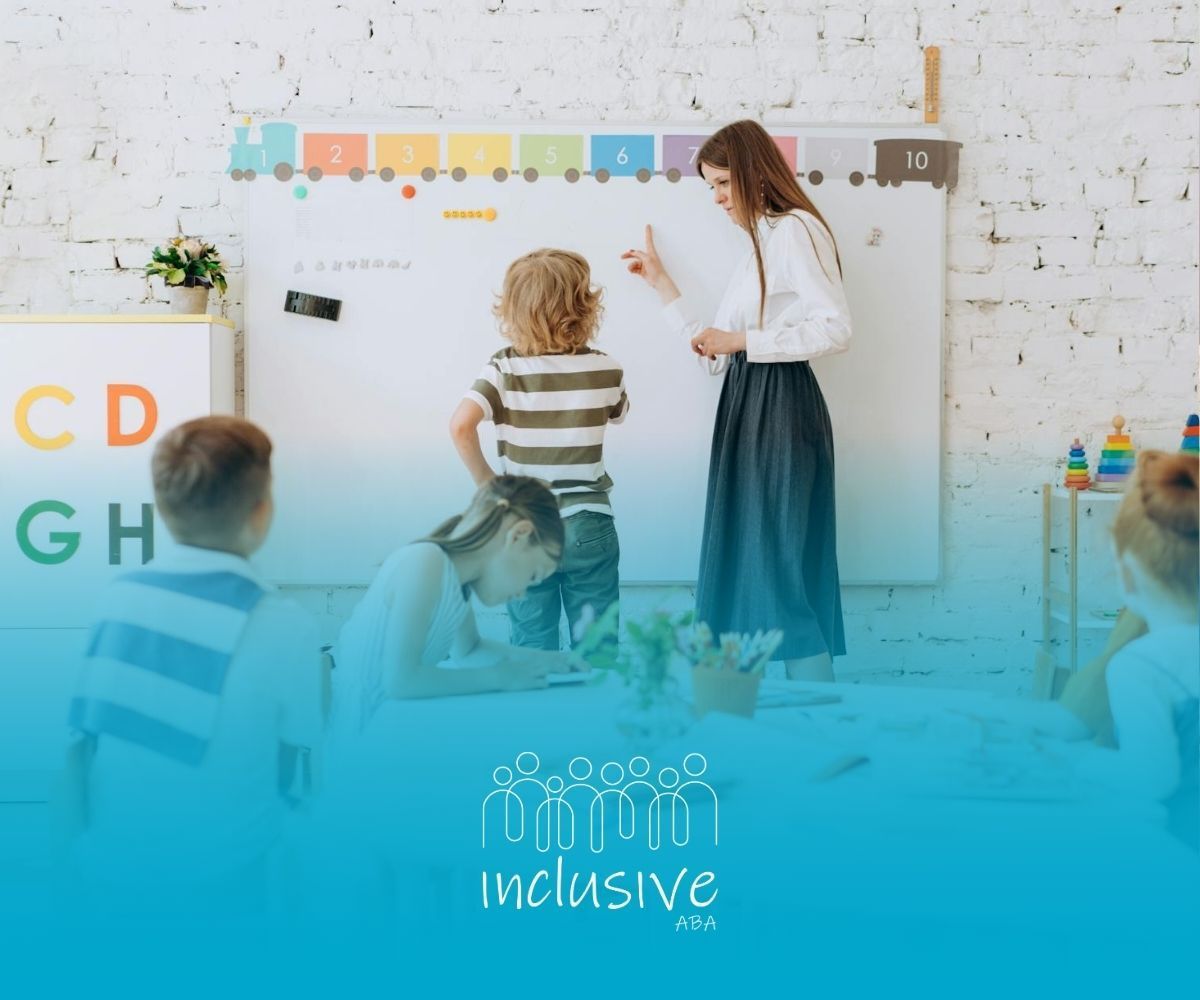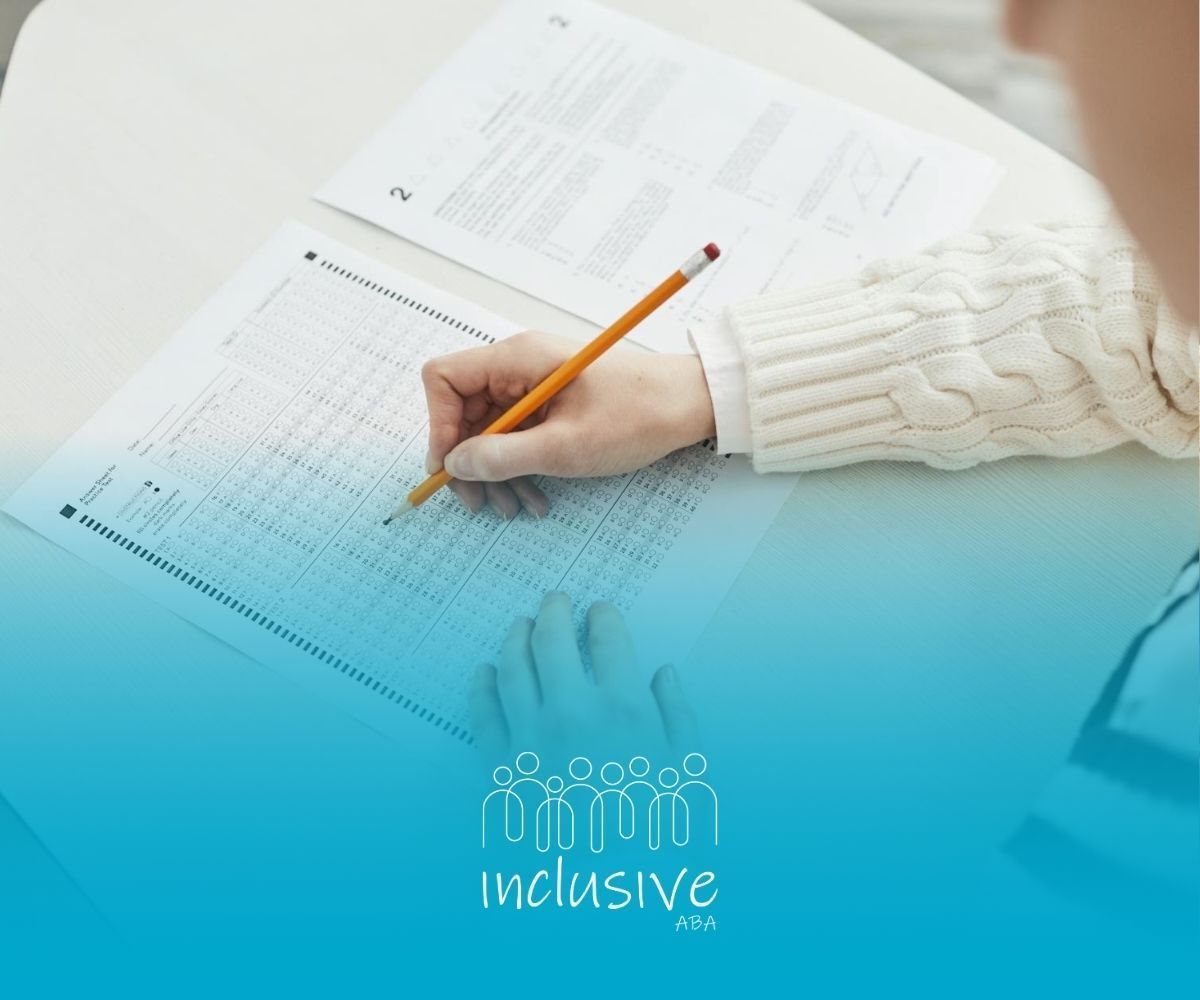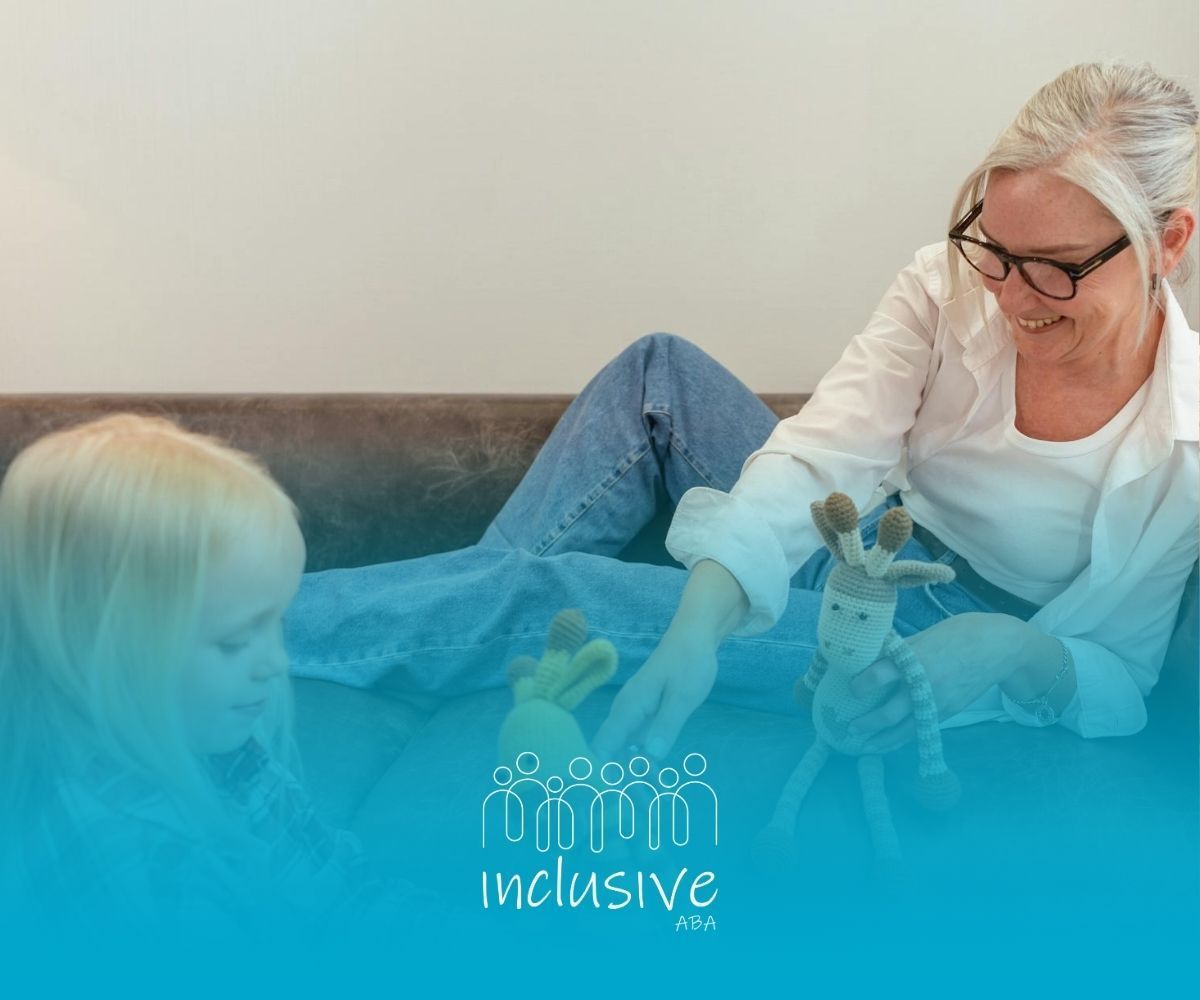Inspiring ABA Therapy Success Stories from Real Families
Key Highlights
- ABA therapy consistently helps children unlock communication skills and decrease frustration in interactions.
- It fosters independence by teaching step-by-step processes for daily tasks, like dressing and self-care.
- Social skills training through ABA therapy enables meaningful peer connections and friendships.
- Emotional regulation and behavioral management techniques reduce tantrums and create calmer environments.
- Success stories highlight how tailored treatment plans have improved the overall quality of life for families.
- Early intervention with ABA therapy paves the way for long-term positive outcomes.
Introduction
Applied Behavior Analysis (ABA) therapy is changing lives every day. It helps children with autism and developmental disorders overcome challenges and reach achievements. Many families share success stories that show how effective ABA therapy is. It improves communication skills, encourages independence, and boosts social abilities. Therapists use proven methods to make personalized treatment plans for each child’s unique needs. These inspiring stories show how ABA therapy gives power to children and their families. It brings positive outcomes and leads to a brighter future.
Unlocking Communication: Stories of Triumph
Effective communication can be a big challenge for children with autism. ABA therapy helps these children learn to express their needs and find their voice. There are many success stories that show how ABA therapy's structured techniques, like picture exchange systems and verbal training, can lead to amazing breakthroughs.
For many families, ABA therapy has improved their child's communication skills. It has also helped to build closer connections and lessened frustrations. These important milestones are key to creating strong and happy relationships.
The Thompson Family's Breakthrough with Verbal Skills
The Thompson family had a tough time because of their son Ben's trouble with talking. Ben was diagnosed with autism and often had trouble sharing what he felt or needed. This would lead to him having many tantrums. ABA therapy brought new ways to help him improve his communication skills. It used things like verbal rewards and visual aids.
With ongoing work, Ben slowly moved from using gestures to making short sentences. His speaking skills got much better. His parents were very happy the first time Ben said clearly, “I’m hungry.”
Now, Ben's ABA therapy keeps showing good progress. He can have simple conversations, which has made things easier for him and helped him connect better with friends and family. The Thompsons believe that their child's growth is thanks to the hard work of his therapists and the special plans made for him.
Insights from a Therapist on Enhancing Communication
Therapists have a vital part in helping improve communication skills using practical ABA techniques. One expert suggests watching for triggers and adjusting sessions to fit each child's unique needs. Using methods like positive reinforcement helps create steady progress.
Therapists often apply strategies to boost communication, like mixing verbal cues with visual prompts. This approach helps bridge understanding gaps and encourages children to express themselves. For children who do not speak, tools like PECS are very helpful.
ABA therapy's ability to work with families is very important. A therapist notes, “When families grasp and support communication practices at home, the results are amazing.” Working together regularly ensures that children not only learn but also keep these crucial communication skills in different settings.
Navigating Independence: Everyday Success Stories
Independence is an important goal for children with autism. ABA therapy helps them learn how to take care of themselves, stick to routines, and move easily from one activity to another.
Parents and therapists see that by breaking tasks into simple steps, children build confidence in what they can do. These small wins lead to bigger successes that help them become more independent. With the right techniques, children do well in their daily lives, showing great strength and development.
Mia's Journey Towards Self-Care Skills
Mia is a lively six-year-old girl. She has autism, which makes it hard for her to do basic self-care tasks. Simple things like brushing her teeth and combing her hair felt too much for her. Because of this, she often relied on her parents for help. Then, she started ABA therapy. This therapy offered a new way of learning by breaking tasks into small, clear steps.
For instance, when Mia’s therapist worked on brushing her teeth, they divided this activity into smaller, easy-to-follow steps. Each time Mia succeeded, she received positive reinforcement, cheering her on. Over time, Mia learned to dress and eat without help.
Watching Mia grow and do these things by herself filled her family with joy. She became more confident, and her parents felt more hopeful about her progress. Mia’s journey shows how ABA therapy can encourage independence and help kids reach larger goals.
How ABA Helped Jake Manage Daily Tasks
Nine-year-old Jake had a hard time managing everyday tasks. Simple things like organizing his school bag or sticking to a morning routine were difficult for him. His parents decided to try ABA therapy after they saw that he relied too much on adults for help.
Jake's therapist used special strategies, such as routine schedules and positive reinforcement, to teach him how to manage tasks. Over time, Jake learned to organize his things and finish his schoolwork by himself.
This change made a big difference in Jake's daily life. His family is proud of his new skills and progress. ABA therapy was key in helping Jake become more independent, putting him on a path for future success.
Parents' Role in Supporting Day-to-Day Independence
Parents play a key role in helping children become independent after their ABA therapy sessions. Therapists often team up with parents. They share strategies that can be used at home.
One important strategy is to break tasks into small, easy steps, just like in ABA therapy. Parental support, along with regular reinforcement, helps boost a child’s progress. Families find that recognizing small achievements encourages children to work harder.
A parent expressed, “The ways we celebrate our child’s milestones, no matter how small, show them they’re capable.” This teamwork is crucial for a child’s lasting independence.
Social Integration Through ABA: Real Family Experiences
Social skills are very important. ABA therapy helps children succeed in this area. It teaches kids how to start conversations and join group activities. Through therapy, children develop skills that allow them to do well in social situations.
Parents notice great progress, like when their children make friends and interact better with peers. Kids who go through ABA therapy can move from being shy to being able to connect with others. This boosts their confidence and helps them build important relationships.
Sarah's First Friendship: A Milestone Story
Six-year-old Sarah had trouble making friends. Her parents saw that she liked to play alone and worried she didn’t talk to other kids much. ABA therapy helped her learn to play in groups and practice sharing conversations.
Slowly, Sarah made her first friend at school. She started asking friends over for playdates, showing her new confidence in social situations.
Now, Sarah's life is very different. Her bigger group of friends shows how far she has come because of her therapy. This has helped her feel more connected and happy.
The Challenges and Triumphs of Building Social Connections
Building friendships can be hard for kids on the autism spectrum. ABA therapy helps with this by using planned group activities and personalized social skills training.
Families share their challenges, like feeling uneasy at events or not having enough interaction with friends. Therapists use role-playing and regular practice to guide children in developing strong connections, even when they start off slow.
One parent says, “Seeing my child change from being alone to having friends is a special and touching experience.” ABA therapy changes problems into successes, focusing on hope and determination.
The Importance of Peer Interaction in ABA
Peer interactions are important for a child's growth. They help kids learn to work together and communicate. ABA therapy makes these interactions happen by setting up group activities that help improve social skills.
Therapists create situations where kids need to cooperate with each other. This could be sharing toys or playing games. These activities build friendships and help kids feel less anxious in social settings.
According to a therapist, “Peer activities in therapy open doors to emotional enrichment.” Children find comfort, learn to respect each other, and develop important social skills that they can use outside of therapy sessions.
Emotional Growth and Behavioral Management
Emotional control is an important result of ABA therapy. Families often deal with tantrums and emotional outbursts. ABA therapy helps by using special methods suited to each situation.
Techniques like positive reinforcement and coping strategies help people feel calmer and find balance. These improvements can affect the whole family, creating a peaceful atmosphere and building closer relationships.
Overcoming Tantrums: The Carter Family’s Story
The Carter family dealt with tough days because of their son Adam's serious tantrums. His outbursts affected both school and home, making everyone feel frustrated. ABA therapy focused on finding out what triggered his outbursts. It also taught calming techniques.
Adam's therapist used behavior charts and positive reinforcement to help him learn self-control. A big change happened when Adam started using a deep breathing exercise before he could have a tantrum. His parents were so happy to see that he had fewer meltdowns.
Today, Adam's progress brings peace and emotional comfort to their home. ABA therapy helped the Carters find hope.
Techniques That Foster Emotional Regulation
Emotional regulation strategies are important for managing behavior. ABA therapists use calming methods like breathing exercises and other ways to replace disruptive actions.
By helping children express their feelings in a positive way, therapists allow them to handle situations with less anxiety. As time goes on, these methods become natural, helping kids build good emotional habits.
A therapist says, “Learning about emotional regulation isn’t just for now—it's a skill for life.” ABA therapy aims to help turn emotional challenges into steady growth.
The Impact of Consistent Behavioral Strategies
Being consistent is important for making lasting changes in behavior. ABA therapists create plans that parents can follow at home. This teamwork helps keep progress going.
A therapist shares, "When the methods stay the same, children better understand what is expected. Positive reinforcement helps make their behavior more stable." Families often enjoy fewer disruptions.
Using effective tools like token systems brings routine and predictability. These are essential for big changes in behavior. ABA therapy's focus on staying consistent helps reach personal milestones.
Conclusion
In conclusion, real families share inspiring stories that show how ABA therapy can really change lives. It helps with communication, independence, social skills, and emotional growth. Each story shows the tough times and the amazing successes through hard work and support. These experiences show that, with the right plans and help, families can see great progress in their loved ones. The journey has ups and downs, but the milestones reached prove how strong both children and their families can be. If you’re thinking about ABA therapy for your child, remember that every success story starts with one step. See how this approach can improve your family's life today.
Frequently Asked Questions
How does ABA therapy support language development?
ABA therapy helps kids grow their language skills by teaching them communication skills that fit each child’s individual needs. In structured therapy sessions and with early intervention, children get to practice gestures, sounds, and words. These methods help them express themselves better and lower the frustration that comes from trouble with communication.
SOURCES:
https://online.regiscollege.edu/blog/aba-therapy-examples/
https://ensorahealth.com/blog/10-evidence-based-aba-therapy-techniques-to-consider/
https://pmc.ncbi.nlm.nih.gov/articles/PMC3196209/
https://researchautism.org/blog/empowering-autistic-children-toward-independence-key-daily-living-skills/
https://pmc.ncbi.nlm.nih.gov/articles/PMC11487924/











